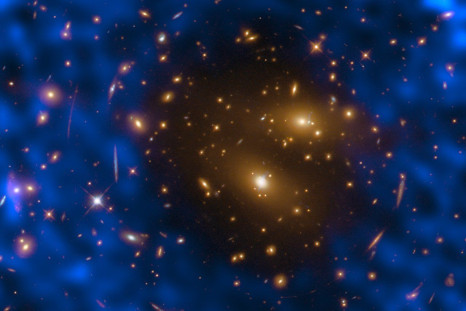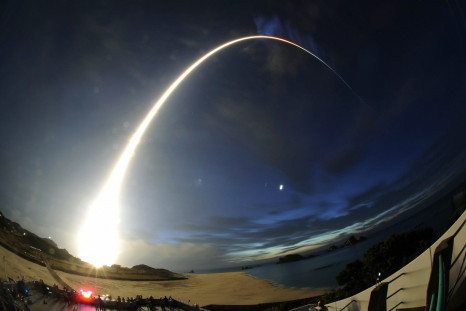Some Compact Radio Galaxies May Never 'Grow Up,' Survey Reveals
A new survey of over 90,000 radio galaxies has identified 1,500 compact galaxies — some of which may never "grow up."
Ancient Dust-Rich Galaxy Could Shed Light On The First Generation Of Stars In The Universe
Astronomers have detected glowing stardust in a galaxy seen when the universe was just 600 million years old — one that can provide a glimpse of what the cosmos was like in its formative years.
LL Pegasi: ALMA Telescopes Capture Stunning Image Of Celestial Spirals Surrounding Binary Star System
The image shows the two stars in the system — LL Pegasi and its younger companion — locked in a “stellar waltz” in a cloud of gas and dust.
TRAPPIST-1: NASA's Kepler Telescope Provides Another Look At Seven-Planet Star System
The star system, which consists of seven Earth-sized planets orbiting an ultra-cool dwarf, is currently believed to have three planets in its habitable zone.
Atomic Hard Drive: IBM Researchers Store Single Bit Of Data On World's Smallest Magnet — One Atom Of Holmium
The research demonstrates that reading and writing information on an atom is theoretically possible — the first step toward the creation of storage devices not circumscribed by Moore’s law.
Some Dinosaurs Became Bipedal Because Standing Upright Helped Them Run Faster And Longer, Researchers Say
In a new study, researchers from the University of Alberta argue that some early dinosaurs evolved to stand on their own two feet as it allowed them to run faster and for longer distances.
Part Human, Part Neanderthal Skulls Found In China Trigger Debate: Did They Belong To The Mysterious Denisovans?
The recent discovery of two "archaic" human skulls in China exhibiting a curious mishmash of features raises an intriguing possibility — the hominid family tree may be bigger than previously thought.
CERN LHC Update: Large Hadron Collider Experiment Gets A Crucial Upgrade
Engineers at the European Organization for Nuclear Research have successfully installed a new "pixel tracker" in the CMS detector, increasing the odds of discovering signs of "new physics."
Mars News: ESA's Mars Express Reveals Remnants Of Ancient 'Mega-Flood'; NASA's MAVEN Shifts Course To Avoid Phobos Collision
The European Space Agency released images showing Kasei Valles — a nearly 2,000-mile channel system created roughly 3.6 billion to 3.4 billion years ago — in unprecedented detail.
High-Speed Black Hole Winds Heated Up By X-Rays Could Be Suppressing Star Formation In Galaxies
A team of scientists detected temperature swings in ultrafast “burps” of hot winds emitted by a black hole's accretion disk. These outflows could be responsible for preventing the birth of stars.
Hunt For Alien Life: Volcanoes Could Make Exoplanets More Habitable, Researchers Say
A new study based on climate models of hypothetical exoplanets has shown that the presence of hydrogen-spewing volcanoes could expand a star's habitable zone.
Where Did Earth's Water Come From? NASA Study On Comet's Changing Water Fingerprint Suggests The Debate Is Far From Over
A new NASA study, based on infrared observations of the comet Lovejoy, suggests that as a comet passes its perihelion, its ratio of heavy water to normal water output changes drastically.
SpaceX Moon Mission: NASA ‘Commends’ Elon Musk’s Spaceflight Company For Ambitious Private Moon Venture
On Monday, the private spaceflight company revealed its ambitious plan to send two private citizens on a trip around the moon late next year.
Supernova 1987A Revisited: New Observations Mark 30th Anniversary Of Stellar Explosion
Scientists believe that further observations of SN 1987A — an object that once blazed with the power of a 100 million suns — could reveal how elements are dispersed through interstellar space.
NASA’s Mission To Mars: Space Agency Begins Feasibility Study On Adding Crew To SLS' First Flight
NASA has begun a feasibility study to consider the risks associated with adding crew to the first integrated launch of the Space Launch System rocket and the Orion spacecraft.
What’s Powering MAMMOTH-1? Glowing Nebula In The Heart Of Ancient Galaxy Protocluster Baffles Astronomers
In a protocluster of ancient galaxies far, far away, lies a glowing nebula. The problem is, no one knows why it glows.
Neanderthal DNA In Modern Human Genome Is Still Affecting Our Gene Expression
According to a study, Neanderthal DNA sequences present in the modern human genome are, even now, influencing gene expression — especially those related to traits such as height and susceptibility to schizophrenia.
Pluto Is Dark And Dreary, And Now Officially The Underworld
On Thursday, the International Astronomical Union approved themes for naming surface features on Pluto and its moons. For the dwarf planet, most of the naming themes relate to the underworld.
Science Breakthrough: Neural Network-Driven Approach Could Usher In A New Era Of Optical Astronomy, Researchers Say
A team of Swiss researchers describe a neural net-enabled system that can recognize and reconstruct astronomical features that telescopes could not resolve.
World's Only Sample Of Metallic Hydrogen — Holy Grail Of Condensed-Matter Physics — Has ‘Disappeared’
The world's only sample of metallic hydrogen, a substance touted as the holy grail of condensed-matter physics, has reportedly “disappeared.”
What Is TRAPPIST-1? NASA Discovery Highlights Why Red Dwarfs Are The Best Place To Look For Alien Life
The recent discovery of seven Earth-sized planets around the nearby red dwarf TRAPPIST-1 bolsters the assertion that objects around these ultra-cool stars may be the best place to look for alien life.
Is Dark Matter Made Of Axions? Black Hole Mergers May Yield Clues
In a new study, a team of researchers have argued it may be possible to detect axions — a class of hypothetical particles that some physicists believe makes up dark matter — created by spinning black holes.
NGC 5907 X-1: The Brightest Known Pulsar That Is Also The Most Distant One Ever Detected
The pulsar, located roughly 50 million light-years from Earth, emits the same amount of energy our sun releases in 3.5 years.
Life On Europa? NASA's Flyby Mission Completes Major Review, To Move Into Preliminary Design Phase
The mission, scheduled for launch in the 2020s, would now enter a preliminary design phase, known as “Phase B.”
Dark Matter In Andromeda Galaxy? Fermi Telescope Detects Gamma-Ray Excess At The Center Of M31
Astronomers using NASA’s Fermi Gamma-ray Space Telescope have detected more high-energy gamma rays coming from the center of the galaxy than can be explained by known sources.
Is Pluto A Planet? It Is, And So Is Our Moon, Team Of NASA Scientists Argues
A team of NASA researchers led by Alan Stern, the principal investigator of the New Horizons mission, has called for a drastic change in the way planets are currently defined.
Hunt For Alien Life: As NASA Teases ‘Discovery Beyond Our Solar System,’ Here Are The 5 Most Promising Exoplanets We’ve Found So Far
As we wait for NASA to reveal its latest findings on planets beyond our solar system, here is a list of some of the most potentially habitable exoplanets discovered so far.
New DNA Imaging Technique Breaches 10-Nanometer Resolution Threshold, Becomes First To See DNA ‘Blink’
The technique, which exploits the fact that DNA molecules fluoresce when illuminated by particular wavelengths of light, is the first to see DNA “blink.”
ALMA Observations Of Sunyaev-Zel’dovich Effect Reveal A Dark ‘Hole’ In Center Of A Massive Galaxy Cluster
An image released Monday by the European Southern Observatory shows the first measurements of the Sunyaev-Zel’dovich effect on the Cosmic Microwave Background.
UK Space Program: New Proposal Would Allow UK To Launch Satellites From Home Soil For The First Time
Under proposals to be unveiled later this week, British companies could begin launching commercial satellites from home soil for the first time.



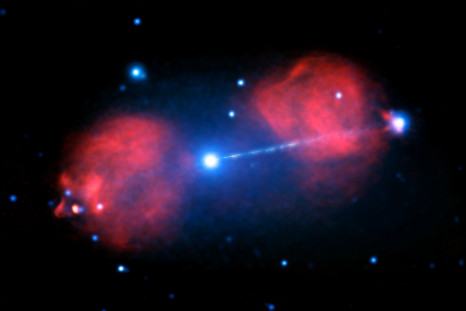
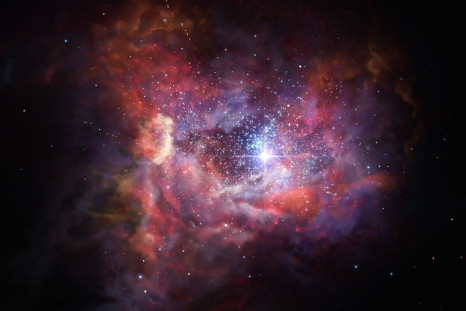
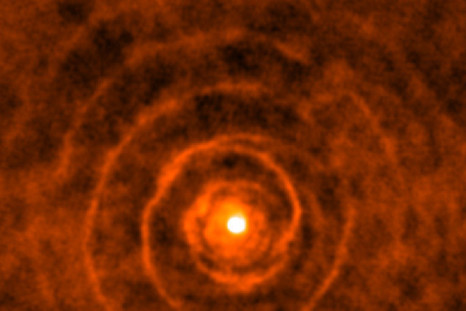
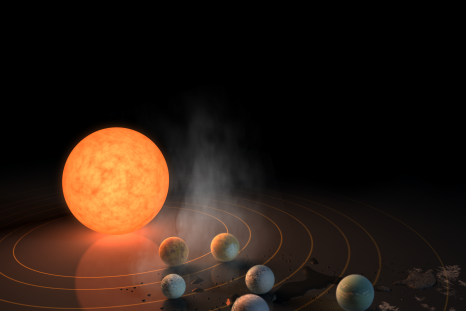
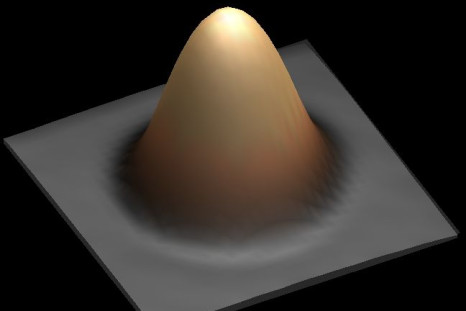
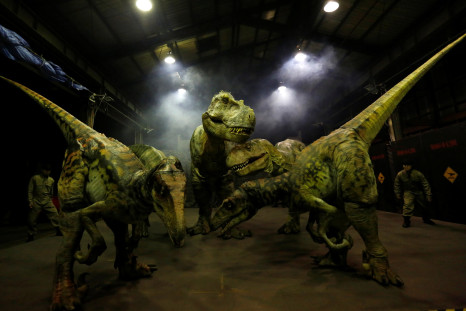
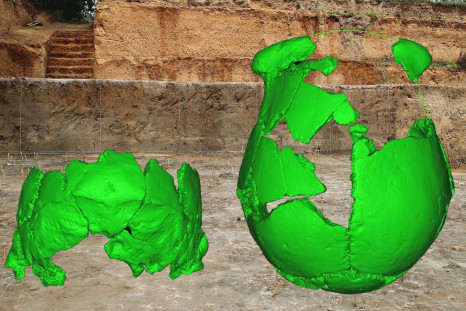
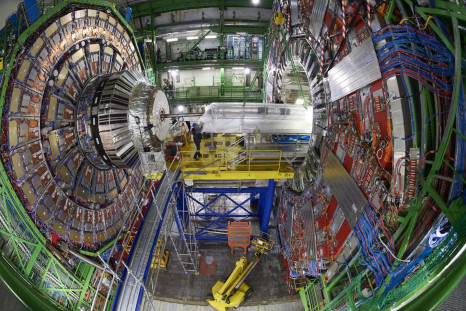
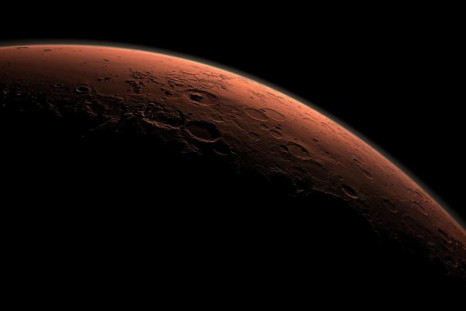
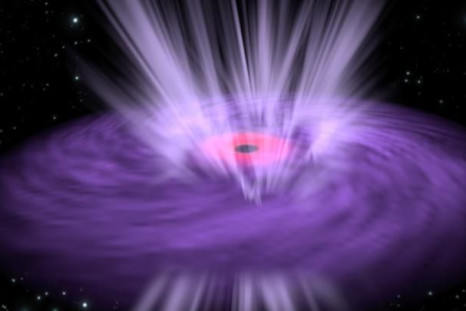
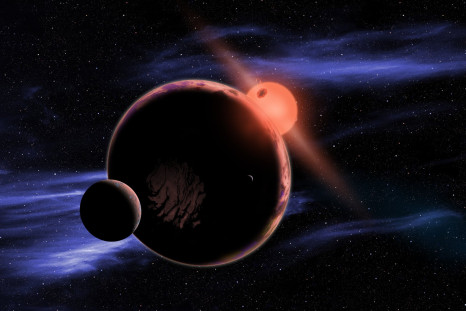
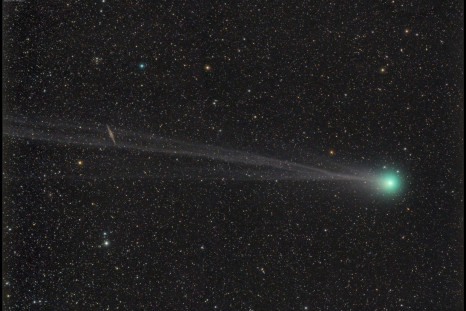
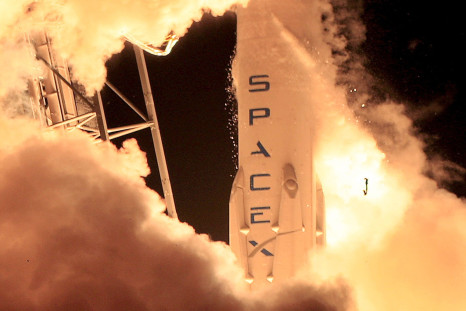
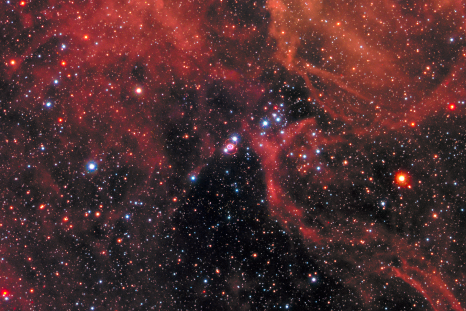

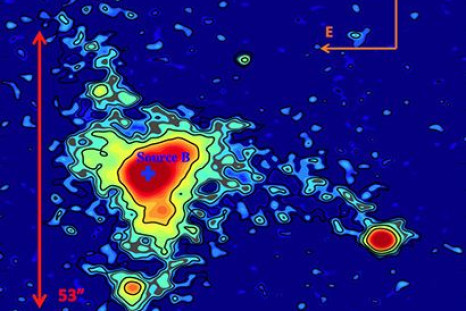

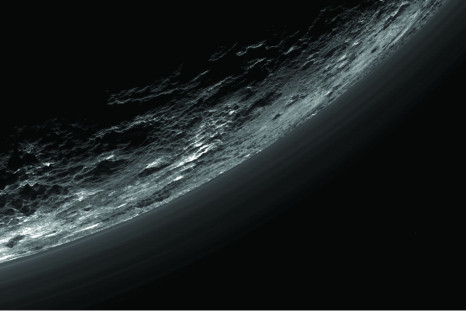
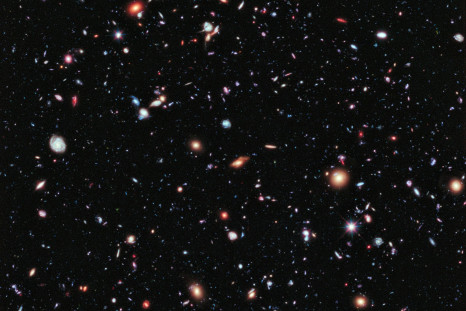
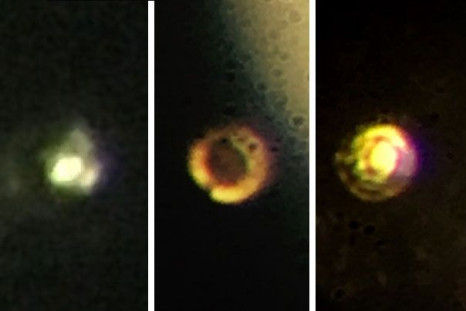
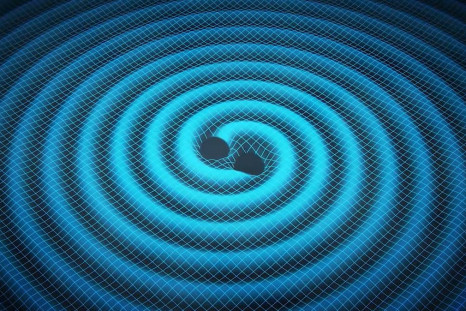
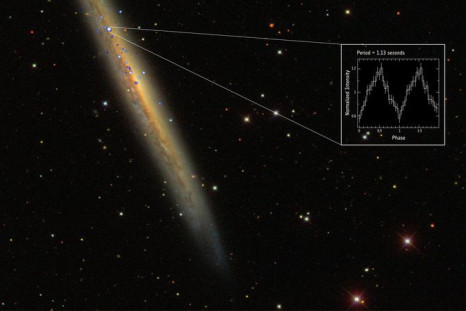

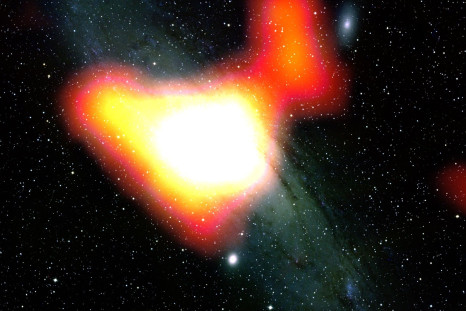
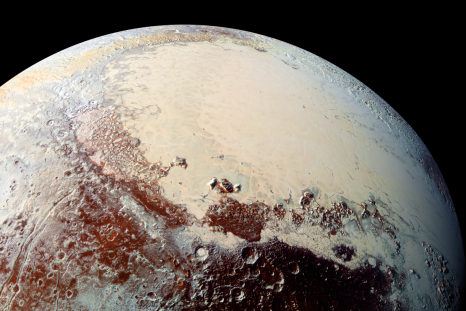
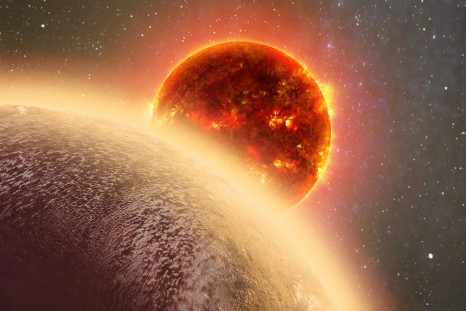
![DNA ]](https://d.ibtimes.com/en/full/2494785/dna.jpg?w=466&h=311&f=ba88bf20c336f7cb741d45b053d9a946)
